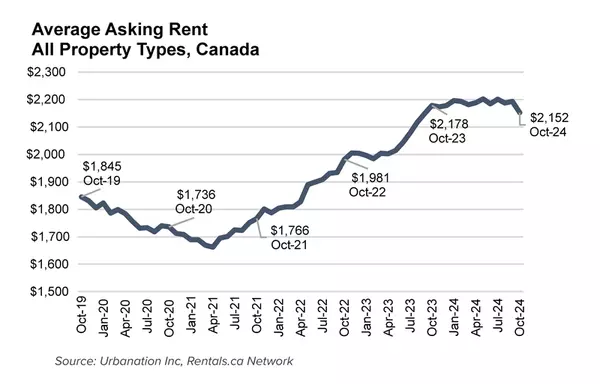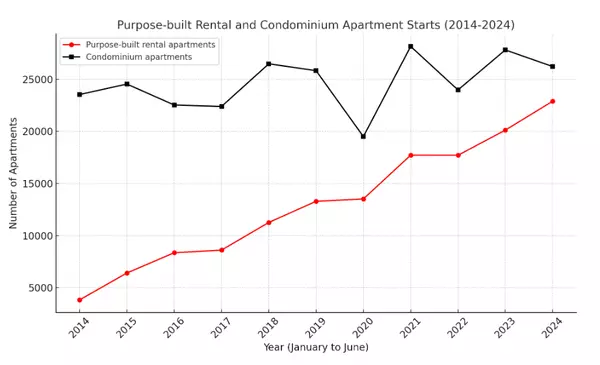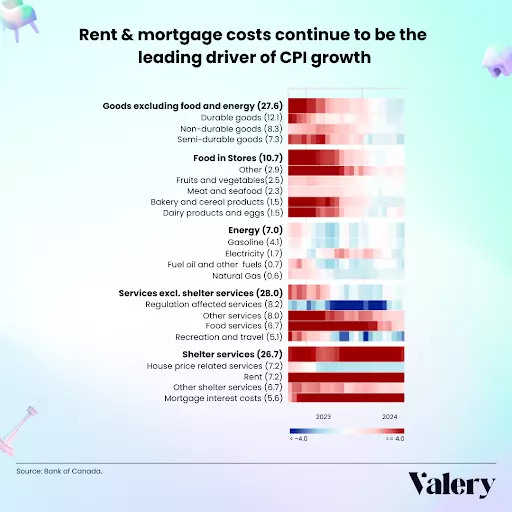Heading down the same old path will not spur housing
When it comes to the thorny issue of development charges routinely imposed by municipalities on new housing, it looks like the City of Burlington got it right and the City of Ottawa got it wrong.
Development charges imposed on new housing are intended to offset the cost of increased municipal services and infrastructure that are required to accommodate population growth. The calculations are assessed per unit for roads, sewers, transit, EMS and parks and recreation services.
The consumer ultimately pays for these charges as they are passed on in the purchase price of a home.
Recently, the debate over development charge increases played out differently in Burlington and Ottawa.
Two cities take different approaches
In Ottawa, city council backed a motion to hike the charges on new home construction by 11 per cent. Meanwhile, staff also noted that a further increase of 7.8 per cent may also have to be added this year due to rising inflation – bringing the increase to developer charges to around 20 per cent. The approved 11-per-cent hike is expected to work out to roughly $4,700 per unit.
The hike was deemed necessary to support infrastructure to help the community grow and prosper.
In fairness, it should be noted that Ottawa’s fees are considerably lower than elsewhere in the province. But new home buyers already face an uphill battle and the extra charges will only make matters worse by driving up the cost of homes and adding thousands to the price tag.
In Burlington, city council took another tact, and voted on May 21 to actually reduce municipal residential development charges by 15 per cent from their current rate. The figure equals about $1,500 of the city’s per unit development charges for new housing projects this year.
It is one of the only cities in Canada to approve a reduction in development charges in recent years.
One developer said the reduction could cut costs for a planned mixed-use development in the city by $1.5 million.
Burlington removed certain long-term infrastructure project fees from its calculations, as the projects are not expected to be built during the 10-year term of the new plan. The projects included three overpass/underpass projects along the QEW. The timeline of the projects taken out of the calculations are uncertain as they have yet to receive government approval or funding.
Taxes need to be re-examined
We all understand the need to replace and build new infrastructure to support growing communities, but the opposing decisions in Ottawa and Burlington raises the question of why present developers and buyers of new homes – not the entire tax base – are the ones footing the bill. After all, we don’t ask those who buy new vehicles to fork out thousands to pay for roads.
New infrastructure will last many years and benefit the entire community and subsequent generations. It makes no sense to saddle today’s new home buyers – with such exorbitant charges.
To put all this in perspective, taxes, fees and levies on a new home in Toronto now represent 31 per cent of the cost. On a $1-million home, that’s $310,000 that must be added to the price tag. Amortize that over 25 years at six per cent and it amounts to nearly $600,000 more in interest.
In some municipalities, development charges have increased as much as 900 per cent in less than 20 years. Housing is presently being taxed in a manner similar to tobacco and alcohol.
The issue needs to be re-examined, especially now that we’re facing a serious housing affordability and supply crisis. Excessive development charges are a serious concern. The taxes are unsustainable, impractical and unfair. New home buyers end up getting priced out of the market. The taxes are a main reason builders can not construct housing that people can afford.
Development charges are one of the only tools that municipalities have to pay for infrastructure, but they can indeed be a financial deal-breaker for new home buyers. To ensure municipalities are less reliant on such charges, both the provincial and federal governments will have to provide more predictable and ongoing support for municipal infrastructure.
Municipalities must also be allowed to run budgetary deficits so they can implement a municipal infrastructure corporation model that would allow them to amortize the cost of infrastructure over time, enabling a more effective and efficient use of infrastructure budgets.
CMHC estimates we need to build 3.5 million homes over the next decade – over and above what we normally build – to restore housing affordability. Some experts say it’s closer to five million.
One thing’s for certain. Heading down the same old path will not lead to a different result.
Richard Lyall is president of the Residential Construction Council of Ontario (RESCON). He has represented the building industry in Ontario since 1991. Contact him at media@rescon.com.
Categories
Recent Posts










GET MORE INFORMATION


